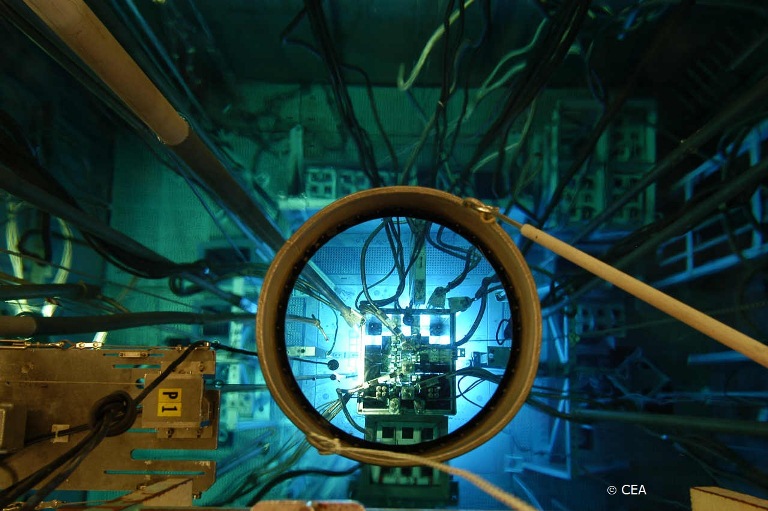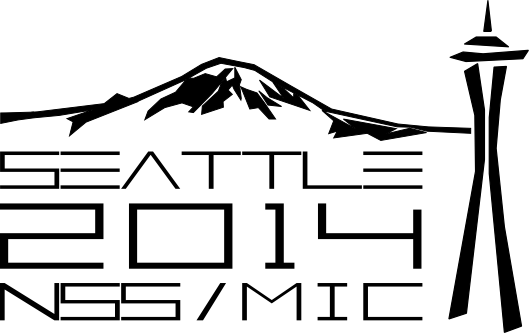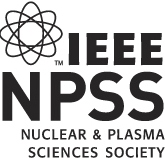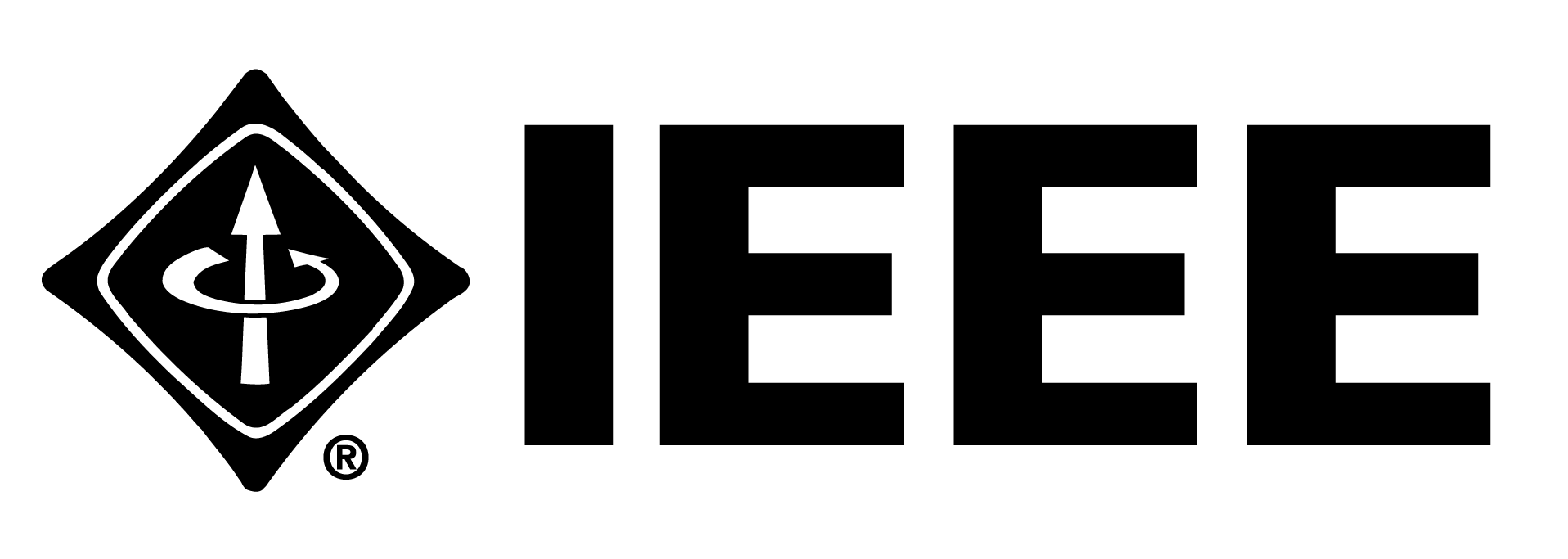
Workshops
We are pleased to include a number of focused Workshops covering topics of particular interest. These workshops are intended to expand on new, emerging techniques and technology to complement the content in each conference Program, and will be scheduled at the beginning or end of the conference to preclude Program interference. Workshops are complimentary for all attendees, unless otherwise specified. Paper contributions to these workshops are certainly welcome and encouraged. As the list of available workshops will evolve over the next few months, please check back often.

Organizer
Abdallah Lyoussi
CEA/DEN - France
Instrumentation and measurement methods in nuclear environments are key aspects that contribute to the quality of scientific and technological programs in the fields of physics, energy, nuclear fuel cycle, safeguards and radioactive waste management. Furthermore, measurements relying on nuclear physics now play an important role in various fields of application such as biology, medicine and environment.
For nuclear physics and technology side, nuclear experimental/research reactors are widely used around the world for various purposes, such as irradiation of material or fuel samples for present and future power reactors, safety studies, assessment of neutronic parameters (such as neutron absorption cross sections or reaction rates), production of artificial radio-elements, etc.
A sustainable nuclear energy requires research on fuel and material behaviour under irradiation with a high level of performances in order to meet following needs for the benefit of industry and public bodies:
- A constant improvement of the performances and safety of present and coming water cooled reactor technologies. Taking into account the lifetime extension and the progressive launch of generation III, nuclear power plants using water coolant will be in operation through the entire century. They will require a continuous R&D support following a long-term trend driven by the plant life management, safety demonstration, flexibility and economics improvement. Experimental irradiations of structure materials are necessary to anticipate these material behaviours and will contribute to the operation optimisation.
- Fuel technology in present and future nuclear power plants is continuously upgraded to achieve better performances and to optimise the fuel cycle, still keeping the best level of safety. Fuel evolution for generation II and III is and will stay a key stake requiring developments, qualification tests and safety experiments to ensure the competitiveness and safety: experimental tests exploring the full range of fuel behaviour determine fuel stability limits and safety margins, as a major input for the fuel reliability analysis.
- To meet nuclear energy sustainable development objectives in the resources and waste management, generation IV reactors are mandatory and require innovative materials and fuels which resist to high temperatures and/or fast neutron flux in different environments. These environments will be needed for demonstrating the technical, economical and safety performances of these technologies.
To perform such accurate and innovative progress and developments, specific and ad hoc instrumentation, irradiation devices, measurement methods are necessary to be set up inside or beside the reactor core. These experiments require beforehand in situ and on line sophisticated measurements to accurately determine parameters such as thermal and fast neutron fluxes and nuclear heating in order to precisely monitor and control the conducted assays.
As entitled, this workshop deals with research, development and innovation in the frame of instrumentation and measurement dealing with nuclear experimental reactor such as ZPR (Zero Power Reactors), MTR (Material Testing Reactors), reactor demonstration prototypes for future nuclear power reactor / fission and fusion (GEN IV, ITER...) as well as nuclear fuel cycle, safeguards and homeland security and radioactive waste management.
Workshop topics will concern instrumentation and measurement in the following areas:
- MTR (JHR, ATR, BR2, OSIRIS...) and ZPR instrumentation and measurement programs.
- GENIII+ Research and Development program in the frame of instrumentation and measurements.
- Future nuclear reactor programs GENIV (MYRHA, ASTRID, ITER...) and their specificities and needs regarding instrumentation and measurement technics and tools.
- Advanced research programs in the field of instrumentation and measurement developments dedicated to nuclear experimental reactor.
- Neutron and photon measurement tools and techniques within experimental reactor(s).
- Instrumentation and measurement techniques and methodologies for nuclear material control and characterization (nuclear fuel, safeguards, non-proliferation, homeland security, radioactive waste...)
If you are interested to contribute to this workshop, please contact the organisers.

Organizers
Lorenzo Fabris, Oak Ridge National Laboratory, USA
Liquid Argon and liquid Xenon are being developed to address key physics questions about neutrino properties and the nature of dark matter. Liquid Xenon is also a promising technology for next generation nuclear imaging scanners. The detection of scintillation light is required for measuring the interaction time and achieving optimum energy resolution. The purpose of this workshop is to address three key issues regarding the development of photo-detectors to be operated in liquid Argon and liquid Xenon: 1) the detection of vacuum ultra-violet photons either directly or using wavelength shifters, 2) readout solutions for large area (>=100cm2) photo-detector panels, 3) solutions for minimizing the radioactivity in the photo-detectors and associated packaging. This workshop is motivated in particular by the R&D for the nEXO experiment that requires up to 4m2 of very low radioactivity photo-detectors operated in liquid Xenon. Large area photo-detectors are also likely to find numerous applications besides the detection of liquid Argon and Xenon scintillation light. Experts in the field of photo-detectors, electronics and low radioactivity techniques as well as physicists and engineers developing applications that would benefit from the development of large area, low background and VUV sensitive photo-detectors are encouraged to attend.
The workshop is expected to be divided in 4 different sections:.
- Review of applications requiring photo-detectors with a least one of the following features: large area (>=10x10cm2), low radioactivity and VUV sensitivity (<200nm)
- Compact photo-detector solutions (in particular silicon photo-multipliers), possibly including new wavelength shifter solutions. Conventional PMTs are excluded. Photo-detector manufacturers are encouraged to present their solutions.
- Large area electronics readout solutions, especially for the readout of silicon photo-detectors with very high capacitance per unit area.
- Development of low radioactivity photo-detectors: fabrication and assessment techniques.
The workshop will be held on Friday, 14 November 2014. Participants who would like to contribute a talk, please contact the organizers, F. Retière (fretiere@triumf.ca) or L. Fabris (fabrisl@ornl.gov), by 30 September. For logistic purposes, please RSVP with the organizers at the email addresses above by 31 October.
Organizers
Katia Parodi, Ludwig Maximilians University, Germany
The objective of this workshop is to review the status and challenges associated with hadron therapy instrumentation. It will be organized in a different way than previous years, taking into account that there will be relevant topical sessions on hadron therapy in MIC and during the joint day (Wednesday 12 November), where the main scientific results will be presented as oral or poster contributions.
The workshop’s aim is to provide a valuable exchange platform to the community working with protons and heavier ions, promoting discussion and interaction between the participants. The format of this half-day workshop will be organized around a few invited review talks on the main subjects of:
- Worldwide status and trends in Hadron Therapy
- Image guidance in Hadron Therapy
- Biologically-oriented treatment planning in Hadron Therapy
- Big data and computational challenges for Hadron Therapy
These invited contributions will serve as introductions to discussion and exchange, complemented by short presentations and posters. At the end of the meeting, a visit of the Seattle proton therapy center is being organized (16:30-19:00), but there will be a limit to the number of attendees. Hence, please indicate your interest in participating in the visit by emailing the Workshop organizers. We will finalize the list of participants on a first-come, first-served basis.
If you are interested to contribute with a short presentation, please submit your abstract by 18 October 2014 to the Workshop organizers. The final program will be available by 28 October 2014. There will be no publication, but pdf of slides or posters will be made available on the conference web site.
Organizers
Irène Buvat, CEA-I2BM-SHFJ, France
GATE is an open access Monte Carlo simulation tool based on Geant4 to enable simulation of emission tomography (SPECT and PET), computed tomography (CT), optical imaging (fluorescence, bioluminescence), and radiotherapy treatments (conventional radiotherapy and hadron therapy).
The GATE workshop is intended to gather all those interested in using GATE for various applications.
This year’s workshop will include:
- an overview of the major evolutions of the code from its first release in 2004 to the current GATE V7 release
- scientific presentations by GATE users illustrating various applications of GATE
- a description of the current GATE developments that will shape future GATE releases
Time will be allowed for discussion between speakers and the audience. If interested in presenting your use of GATE for specific research projects, please send a one-page summary, including results, to the organizers before 19 October 2014.
Please contact the organisers for registration before 24 October 2014.
List of speakers: Irène Buvat, Albertine Dubois, Sébastien Jan, Christian Morel, GATE users.
Organizers
Simon Cherry, Departments of Biomedical Engineering and Radiology, University of California, Davis, USA
Steven Meikle, Brain and Mind Research Institute, University of Sydney, Australia
One of the tenets of modern science is the critical review and dissemination of research results by the scientific community, most commonly through the process of peer-reviewed publication in the scientific literature. Publication of research allows new results and new methods to be thoroughly tested, leading to new knowledge and advances in technology as well as new hypotheses to be tested. The peer-review process should, when done well, eliminate fundamental errors, ensure the conclusions are valid and generally improve the quality of the published article. In the field of medical imaging, a researcher will typically publish 10-20 journal articles in the first 10 years of their career and review at least 3 times as many articles by their peers in the same period. And yet we typically receive no formal training in either writing or reviewing scientific articles. These crucial activities can be daunting at first, especially to those for whom English is their second language. This workshop will cover the basic skills and techniques required for good scientific authorship and objective peer review. It is intended for students and early career researchers who are relatively new to scientific publishing and reviewing. The first part of the workshop will focus on authorship, including how to structure the article, what tense and narrative mode to use, how to present results optimally and how to select the most appropriate journal. The second part of the workshop will discuss the peer-review process, including what is expected of a reviewer, what makes a good (and bad) review, and how to evaluate your reviewing skills. We will also briefly discuss the different models of scientific publishing and peer review.
Light refreshments will be served.
Organizers
Quanzheng Li and Nathaniel Alpert, Massachusetts General Hospital, Boston, USA
Compared to static positron emission tomography (PET) images, dynamic PET images provide additional temporal information of tracer kinetics. It has been demonstrated the information in tracer kinetic is critical in both diagnosis and therapy monitoring of diseases. Traditionally, tracer kinetic is computed using the time activity curve (TAC) in a region-of-interest (ROI). In recent years, parametric imaging (estimation of the kinetic parameters for every pixel to provide the spatial distribution of tracer kinetics) has become more popular because of the advances in computational technology and optimization algorithms. Parametric imaging has both the kinetics and the spatial information of tracer, making it particularly suitable for heterogeneous tracer uptake.
There are many new algorithms developed to estimate the kinetic parameters of simplified graphical analysis, such as Patlak and Logan analysis, as well as full compartment models. The strength of parametric imaging began to be recognized and demonstrated in both pre-clinical and clinical applications, such as lesion detection and treatment response evaluation. However, there are still many challenges in parametric imaging: it is more computationally demanding and more sensitive to noise in dynamic PET data than the traditional ROI-based kinetic modeling. Estimation of high quality parametric images is still an ongoing hot topic in medical imaging.
This workshop is organized to review the recent advances in the technologies and applications of parametric imaging, and to discuss the potential challenges. We invite leading scientists to share their experience, expertise, ideas, and results in:
- Direct estimation of Patlak parameters from raw data.
- Direct estimation of Logan parameters from raw data.
- Direct estimation of full compartment models from raw data.
- Quantitative evaluation of the parametric image, including the resolution, variance, lesion detectability, observer, etc.
- Whole body parametric imaging in clinic.
- Image processing and restoration in parametric imaging.
- Pre-clinical and clinical applications of parametric imaging, such as lesion detection and treatment response assessment.s
Workshops Schedule
| Sun 9 Nov 09:00‑17:00 |
room 608‑609 | NSS WS1 - Instrumentation and Measurement in a Nuclear Environment |
| Tue 11 Nov 13:30‑16:30 |
room 602‑604 | MIC WS1 - Prospects and challenges in Hadron Therapy |
| Wed 12 Nov 18:00‑19:30 |
room 618‑619 | MIC WS2 - GATE Users Meeting |
| Thu 13 Nov 18:00‑20:00 |
room 602‑604 | MIC WS3 - Workshop for New Authors and Referees: A Guide to Best Practices in Writing and Reviewing Scientific Papers |
| Fri 14 Nov 08:00‑18:00 |
room 608‑609 | NSS WS2 - Workshop on large area, low background, VUV sensitive photo-detectors and associated electronics |
| Sat 15 Nov 13:00‑17:00 |
room 618‑619 | MIC WS4 - Advance in Parametric Image Reconstruction |


